Focus on Patient-Centric Care
The Freestanding Emergency Department Market is increasingly aligning with the broader healthcare trend of patient-centric care. Facilities are designed to enhance the patient experience, offering shorter wait times, comfortable environments, and streamlined services. This focus on patient satisfaction is crucial, as studies suggest that patient experience directly correlates with treatment outcomes. As healthcare providers recognize the importance of patient engagement, freestanding emergency departments are likely to adopt innovative practices that prioritize patient needs, thereby attracting more individuals seeking emergency care.
Expansion of Insurance Coverage
The Freestanding Emergency Department Market is likely benefiting from the expansion of insurance coverage for emergency services. Recent policy changes have led to increased reimbursement rates for freestanding emergency departments, making them a more viable option for both patients and providers. This trend is supported by data indicating that approximately 60% of patients with insurance are now covered for services rendered at these facilities. As more individuals gain access to insurance that includes freestanding emergency care, the market is expected to grow, reflecting a shift in how emergency services are financed and accessed.
Rising Demand for Immediate Care
The Freestanding Emergency Department Market is experiencing a notable increase in demand for immediate care services. Patients are increasingly seeking alternatives to traditional hospital emergency rooms due to long wait times and overcrowding. This shift is evidenced by a reported 30% rise in patient visits to freestanding emergency departments over the past few years. The convenience of these facilities, often located in suburban areas, allows for quicker access to emergency care. As healthcare consumers prioritize timely treatment, the freestanding emergency department model appears to be well-positioned to meet this need, potentially reshaping the landscape of emergency care delivery.
Technological Advancements in Healthcare
The Freestanding Emergency Department Market is poised for growth due to ongoing technological advancements in healthcare. Innovations such as telemedicine, electronic health records, and advanced diagnostic tools are being integrated into freestanding emergency departments, enhancing operational efficiency and patient care. For instance, the implementation of telehealth services allows for remote consultations, which can expedite treatment decisions. As technology continues to evolve, these departments are likely to adopt new solutions that improve service delivery, thereby attracting a larger patient base and increasing market competitiveness.
Regulatory Support for Alternative Care Models
The Freestanding Emergency Department Market is benefiting from regulatory support aimed at promoting alternative care models. Policymakers are recognizing the need for diverse healthcare delivery options to alleviate pressure on traditional emergency rooms. Recent legislative efforts have focused on creating frameworks that facilitate the establishment and operation of freestanding emergency departments. This regulatory environment is expected to foster growth in the market, as more healthcare providers explore the potential of these facilities to deliver efficient and effective emergency care.


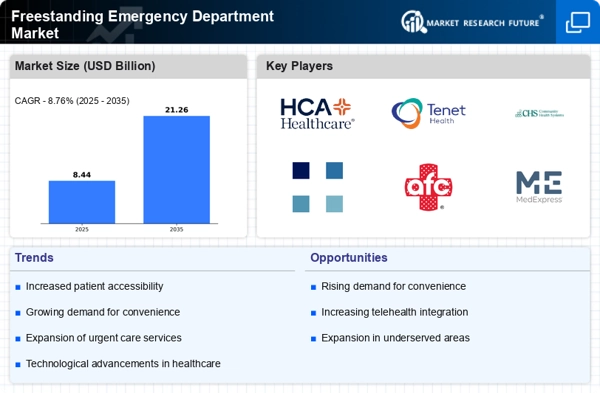
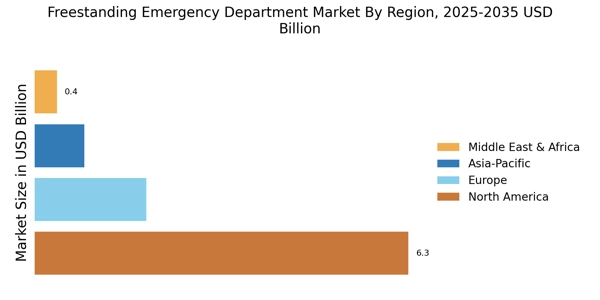
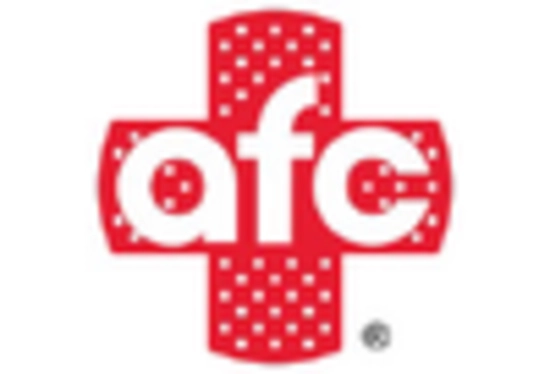
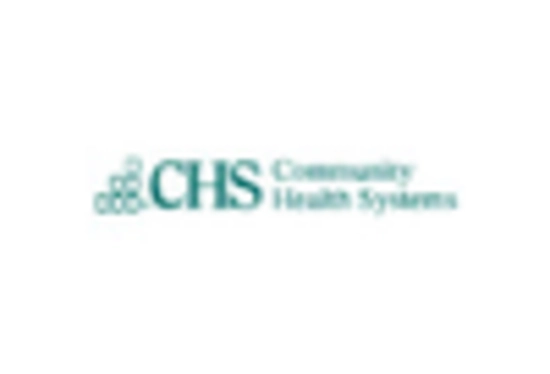

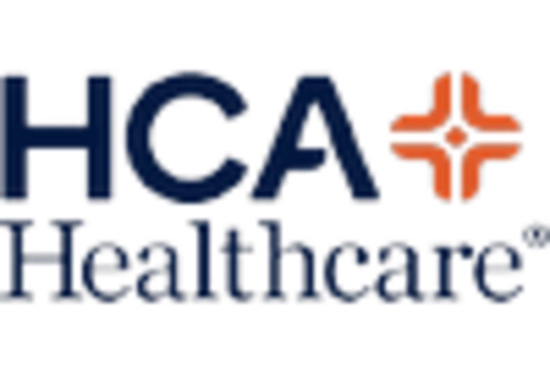

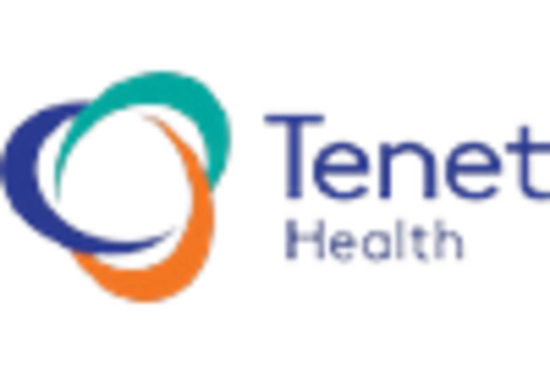








Leave a Comment